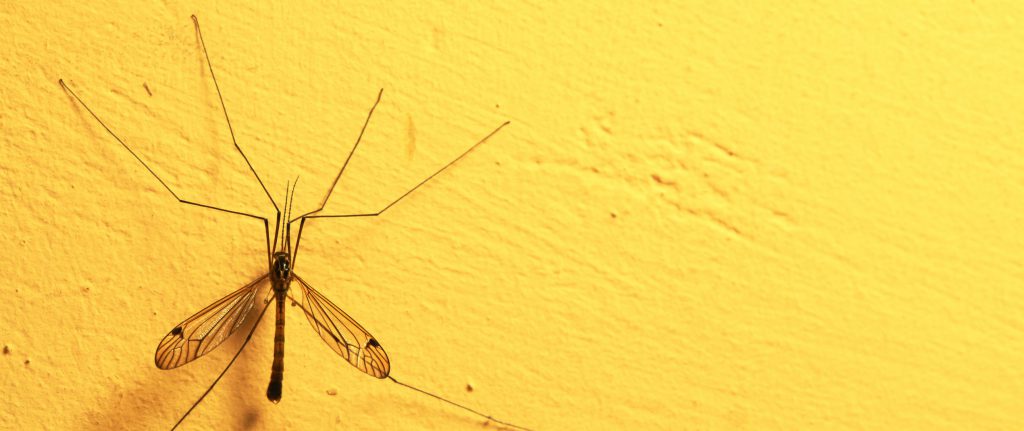When we hear of a new virus spreading, it’s common to feel panic or fear, but these emotions are largely born out of misinformation. Because the Zika virus has been in the news lately, we want to clear the air as to what Zika is, how it is transmitted, and what the implications are for you.
Zika is not new; in fact, it was first identified in 1947 in Uganda, although at the time it was found in rhesus monkeys. It was five years later that the first human cases of Zika were documented in Uganda and Tanzania. Since that time Zika has affected not only Africa, but the Americas and Asia as well.
The Zika virus is transmitted by a simple mosquito bite. Though the incubation time is not known for sure, it’s estimated that from the time of the bite until symptoms occur it’s probably just a few days. Symptoms look like other similar viruses: fever, skin rashes, headache, muscle and joint pain and an overall sense of not feeling well. For most people infected, the symptoms last from two days to one week and pose no more discomfort than a common cold or flu. For nearly all infected patients, the treatment is simply rest and fluids. Because symptoms are common to other colds and viruses, diagnosing Zika generally takes place only when a combination of symptoms and recent exposure are present, and is confirmed by a laboratory testing infected RNA (Ribonucleic acid) in the blood, urine or saliva.
In 2013 and 2015, large scale outbreaks in French Polynesia and Brazil raised serious concerns. The local health authorities documented rising incidents of Guillain-Barre syndrome, as well as microcephaly in newborn babies. Microcephaly is a birth defect resulting in a small baby’s head at birth. Babies with microcephaly often have smaller brains that may not have developed properly. Although agencies investigating Zika outbreaks are uncovering a greater body of evidence pointing to a link between Zika virus and microcephaly, more research is needed.
Preventing the contraction of the Zika virus when you’re in an area with reported cases is as simple as insect repellent, covering bare skin with clothes as much as possible, and staying inside or in screened areas. Any standing water should be removed. Communities and local governments should work together to reduce the density of mosquitoes by removing breeding sites and spraying when necessary.
Please Note: Insect repellents can contain harmful chemicals, especially for young children and the elderly.
